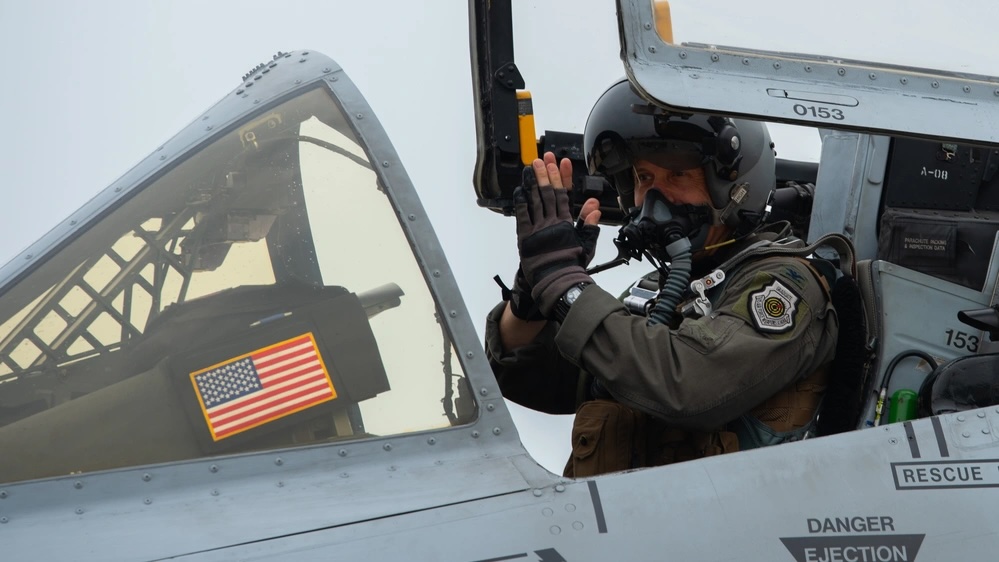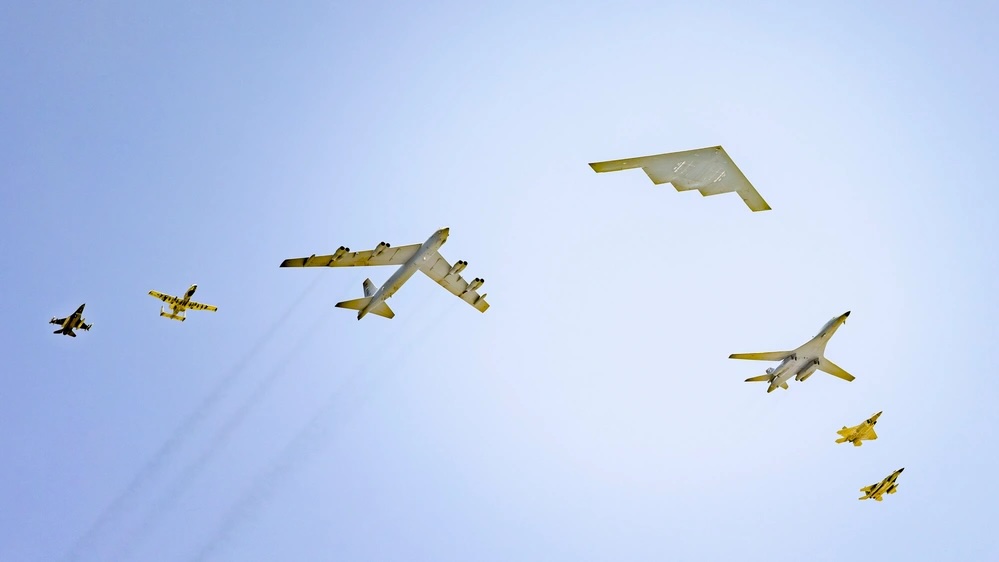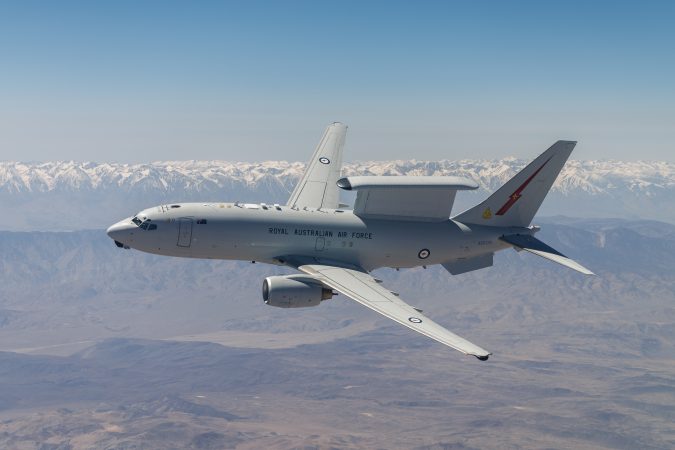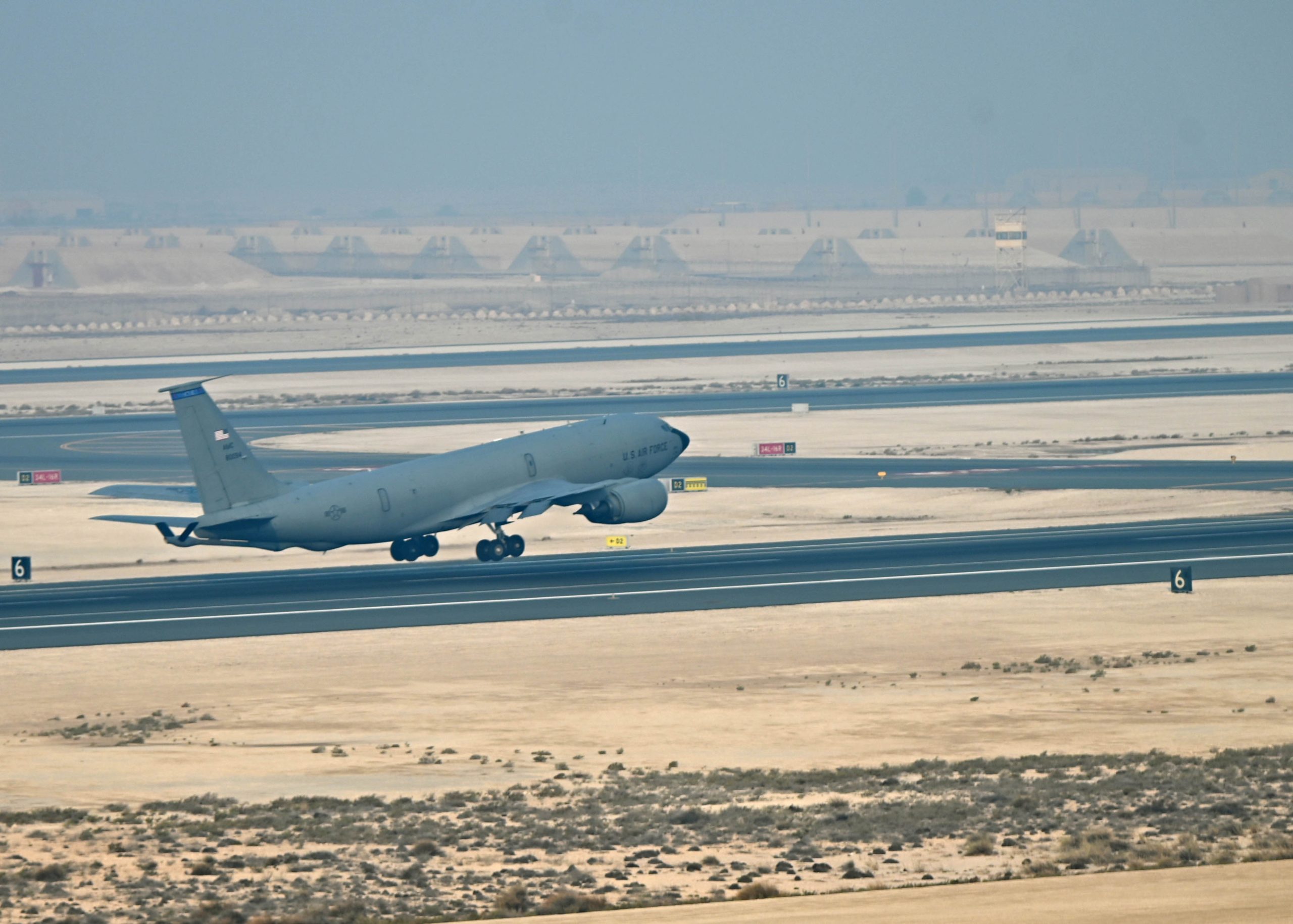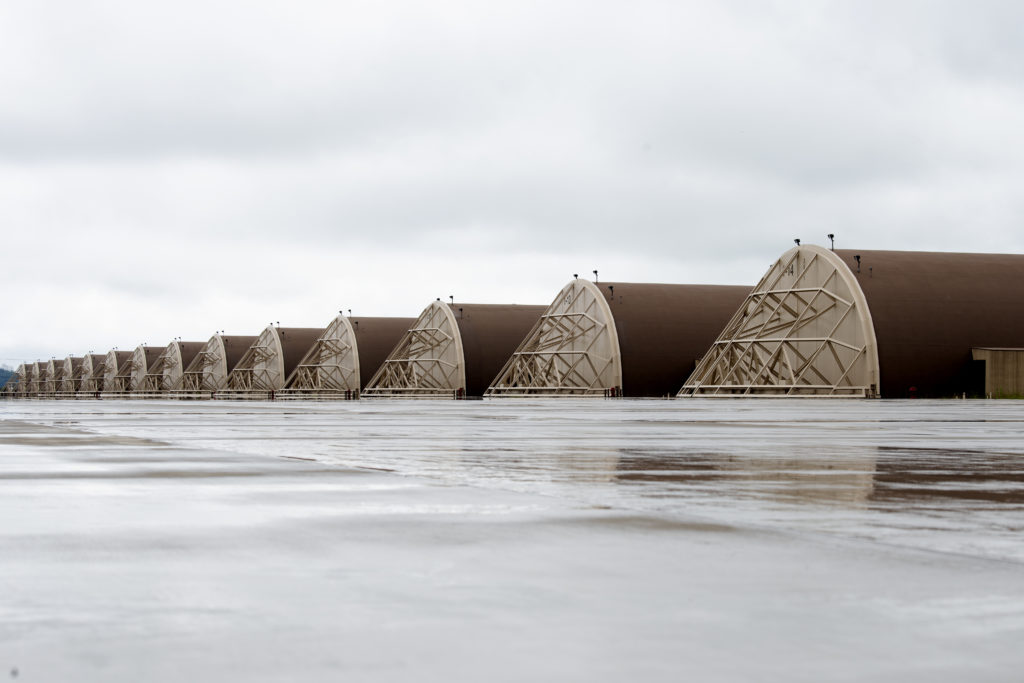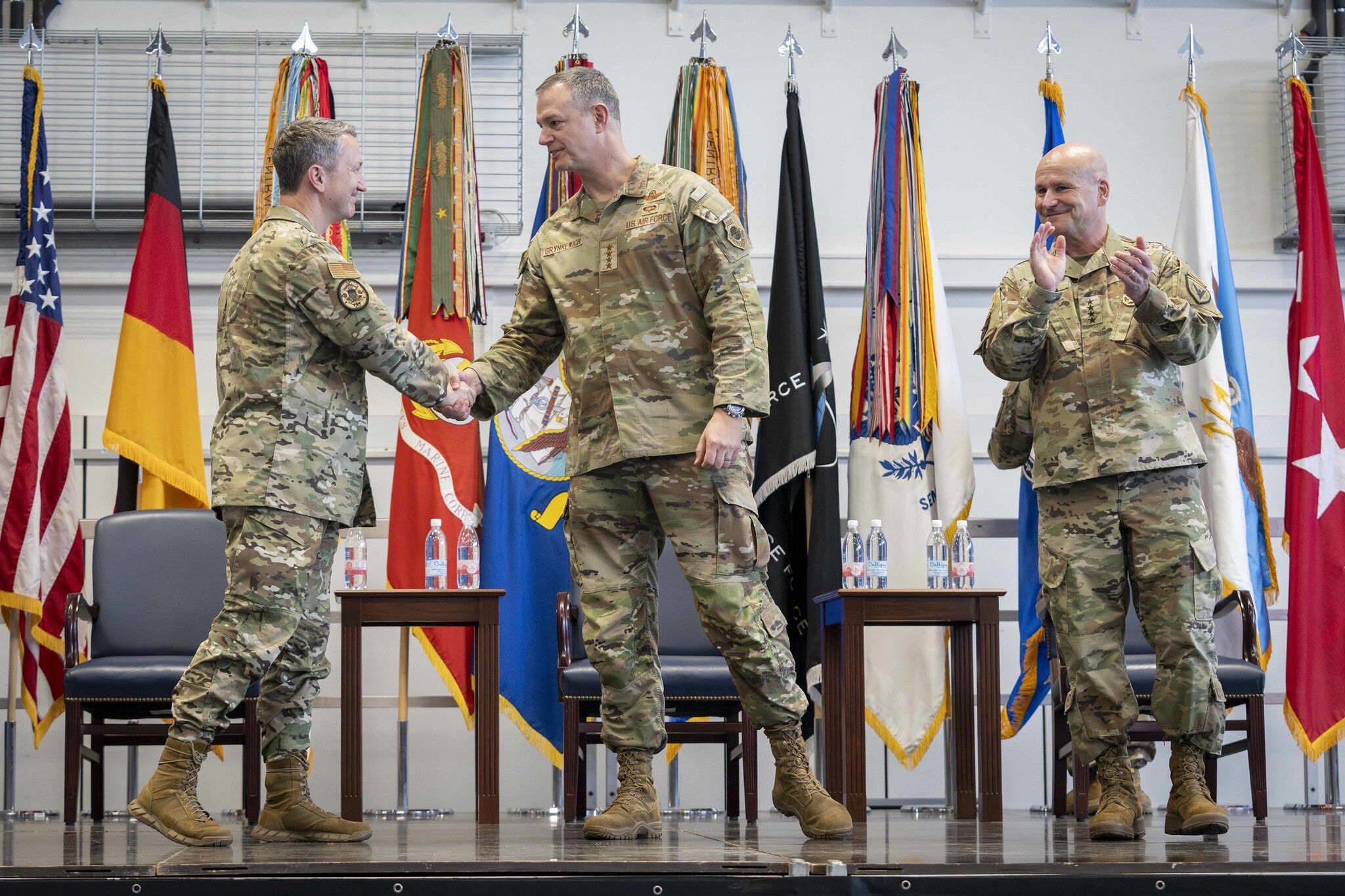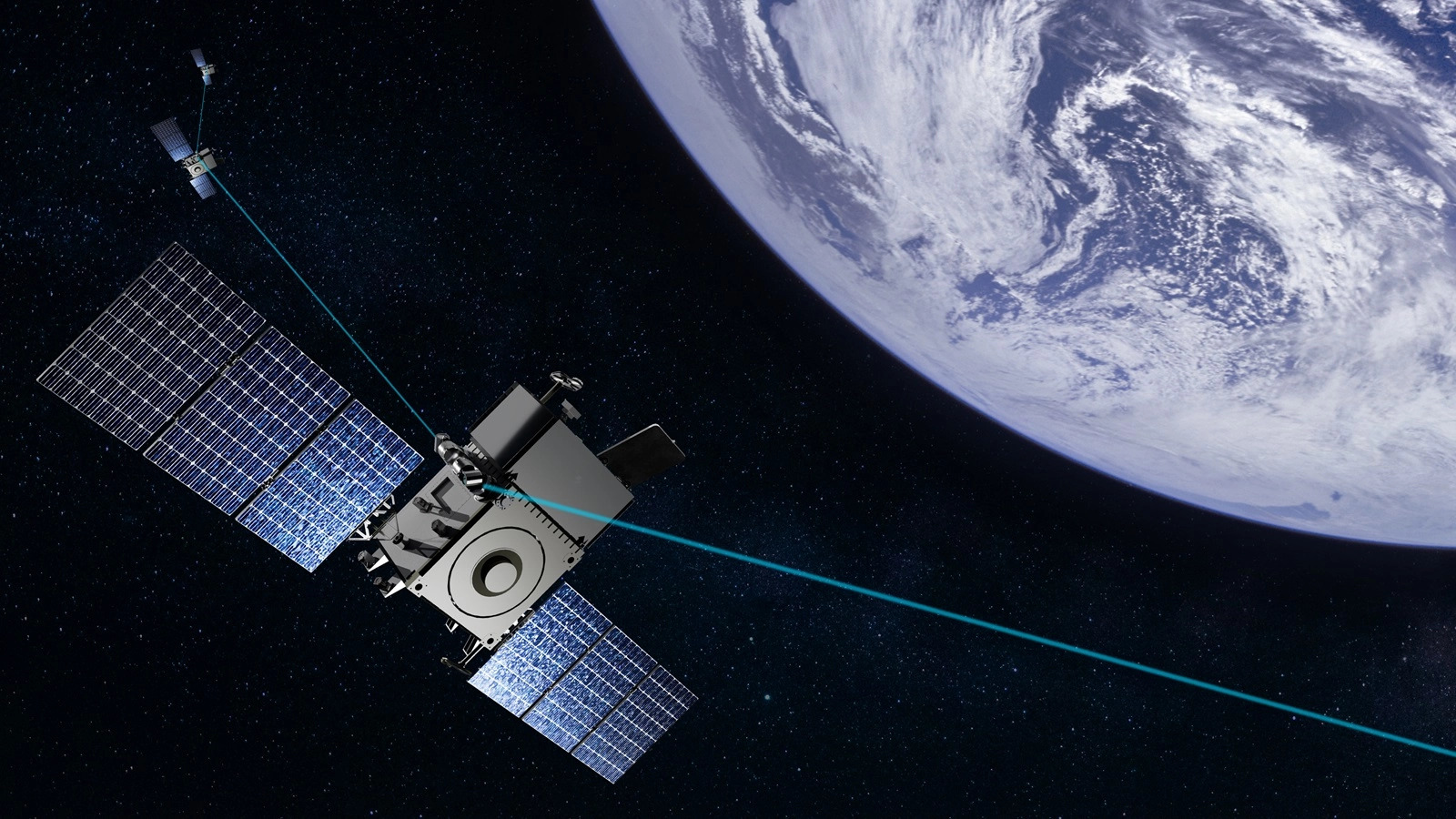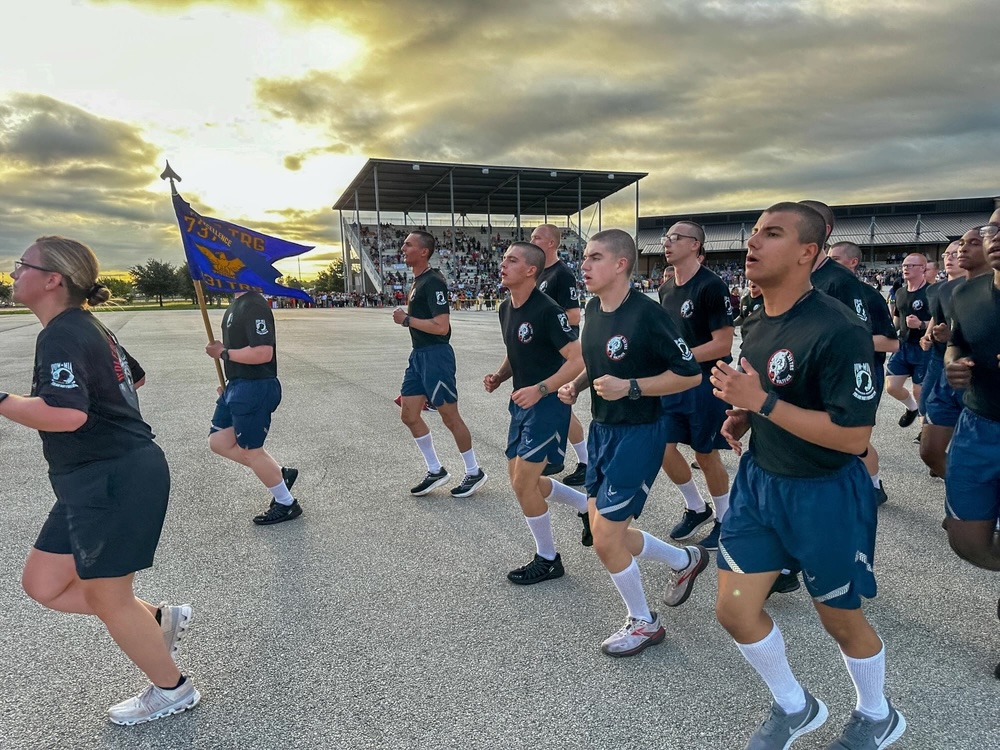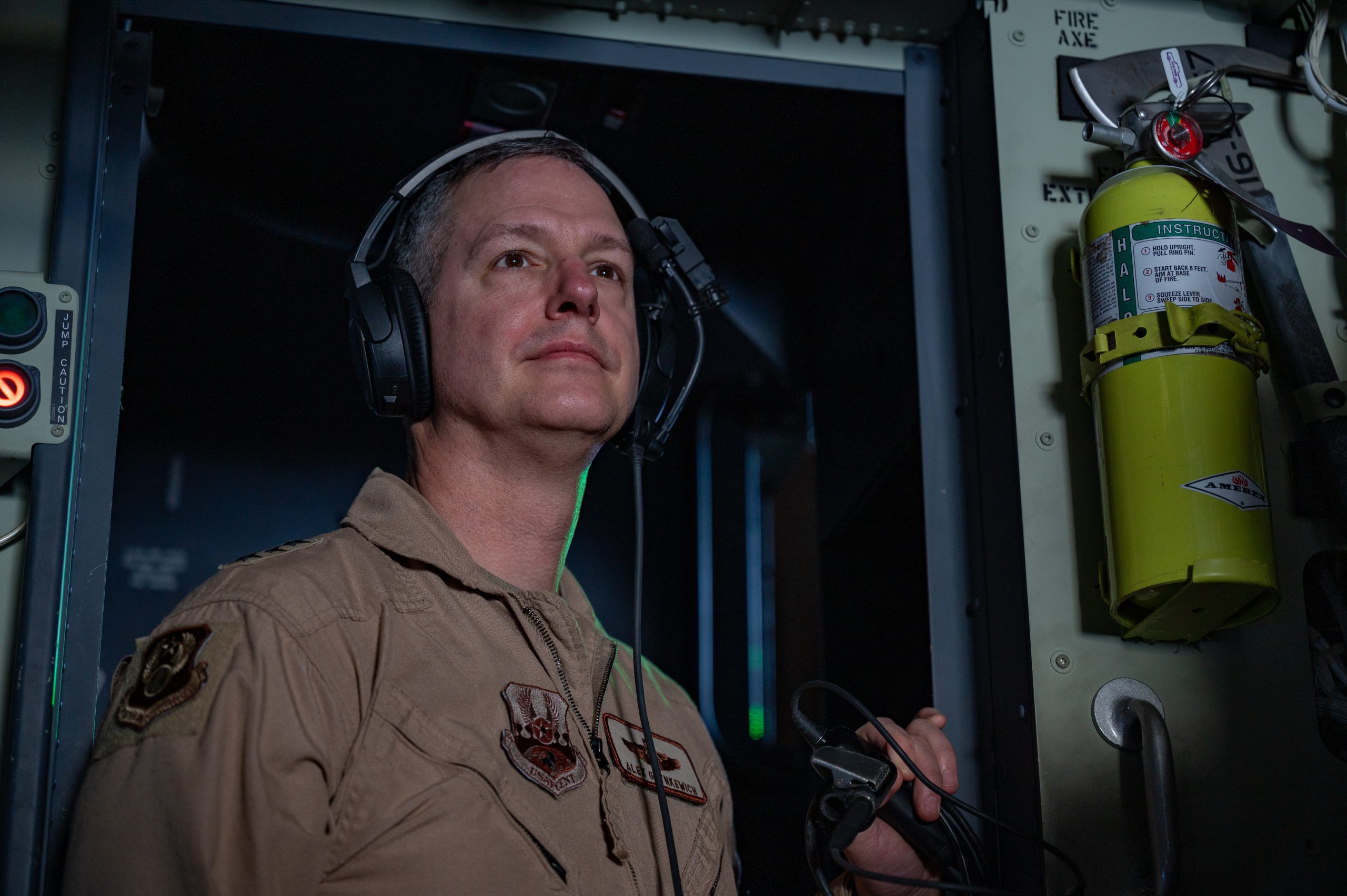The Air Force is requesting an extra $71.2 million in hazardous duty incentive pay for commissioned Airmen in fiscal 2026, plus an added $15.6 million for its officer retention bonus program, as the service expects more officers to take advantage of bonus programs.
Enlisted aircrew may not be so lucky. According to budget documents, the service is requesting $18.8 million less in incentive pays compared to fiscal 2025, due to a reduction in the number of recipients. The enlisted Selective Retention Bonus program is poised to grow a little, with an extra $4.4 million.
Hazardous duty incentive pay is meant to help retain Airmen in dangerous assignments that involve aviation, parachute jumping, demolition, special warfare, toxic fuels or pesticides, or “experimental stress” such as serving as test subjects in experiments studying the effects of pressure, heat, and G-forces on the human body.
Retention bonuses for both enlisted and officers are meant for specialties with low manning or poor retention and high replacement training costs.
In the Air Force, aviation-related fields receive the lion’s share of incentive pay funding. For officers, flying pay accounts for 99 percent of the service’s $469 million incentive pay request for fiscal year 2026. For enlisted Airmen, flying pay accounts for about 69 percent of the $52 million incentive pay request. Special warfare and related pays in parachute jumping and demolition accounts for another 27 percent for enlisted hazard pay.
Most of the bump in the officer aviation bonus is driven by a rise in the number of rated officers expected to receive it. The Air Force estimates 10,314 pilots will get an aviator bonus in fiscal 2026, compared to 8,941 in 2025—a 15 percent increase.
The biggest surge is in the Rated Officer Retention Demonstration Program, which rolled out in 2023 to provide extra incentive for Active-Duty pilots nearing the end of their initial 10-year contract to stay in another four to 12 years. The Air Force expects that program will grow by about 47 percent from 612 Airmen to 903 in 2026, and wants another $12 million to pay for it.
The size of the bonus for some aircraft types is also growing. Fighter pilots, for example, would see a 23 percent bump up from $27,528 to $33,781, while special operations pilots would get a 14 percent increase from $24,827 to $28,478.
The extra cash is meant to help address a long-running Air Force pilot shortage. Relentless deployments, aging aircraft inventories, and a shrinking force structure has contributed to a decade-long deficit of about 2,000 pilots, former F-16 fighter pilot and senior resident fellow at the Mitchell Institute for Aerospace Studies Heather R. Penney wrote in a study published in January.
“The Air Force no longer has the depth of forces—neither aircraft nor pilots—needed to withstand combat losses and sustain effective combat operations at the scale, scope, and speed necessary to prevail against a peer adversary,” Penney wrote. “The Air Force must carefully preserve as much experience as possible in its pilot corps across the Total Force or risk further collapsing the Air Force’s combat readiness.”
Beyond pay, the service said in budget documents that it would be “increasing transparency in assignment and other personnel processes; implementing family support programs to improve quality of life; revitalizing squadrons by reducing additional duties, eliminating lower priority computer-based training, and increasing administrative support to improve quality of service; increasing capacity of aircrew training pipelines; and allowing retirees to return to duty to minimize the impact of manning shortages.”
Fewer enlisted aviators are expected to receive incentive pay. In fiscal 2024, enlisted fliers received $46.6 million for incentive pay. In 2025, that number is expected to grow to about $54.4 million. But in 2026, the Air Force is requesting $35.8 million, about a 34 percent funding decrease.
The Air Force is requesting $52 million for total enlisted hazardous duty incentive pay in fiscal 2026, down from $70.8 million in 2025.
The more general retention bonus programs for both officer and enlisted are both poised to grow in 2026, albeit at different rates—the officer program is set to grow 60 percent, while the much bigger enlisted program is projected to grow just 2.5 percent.
